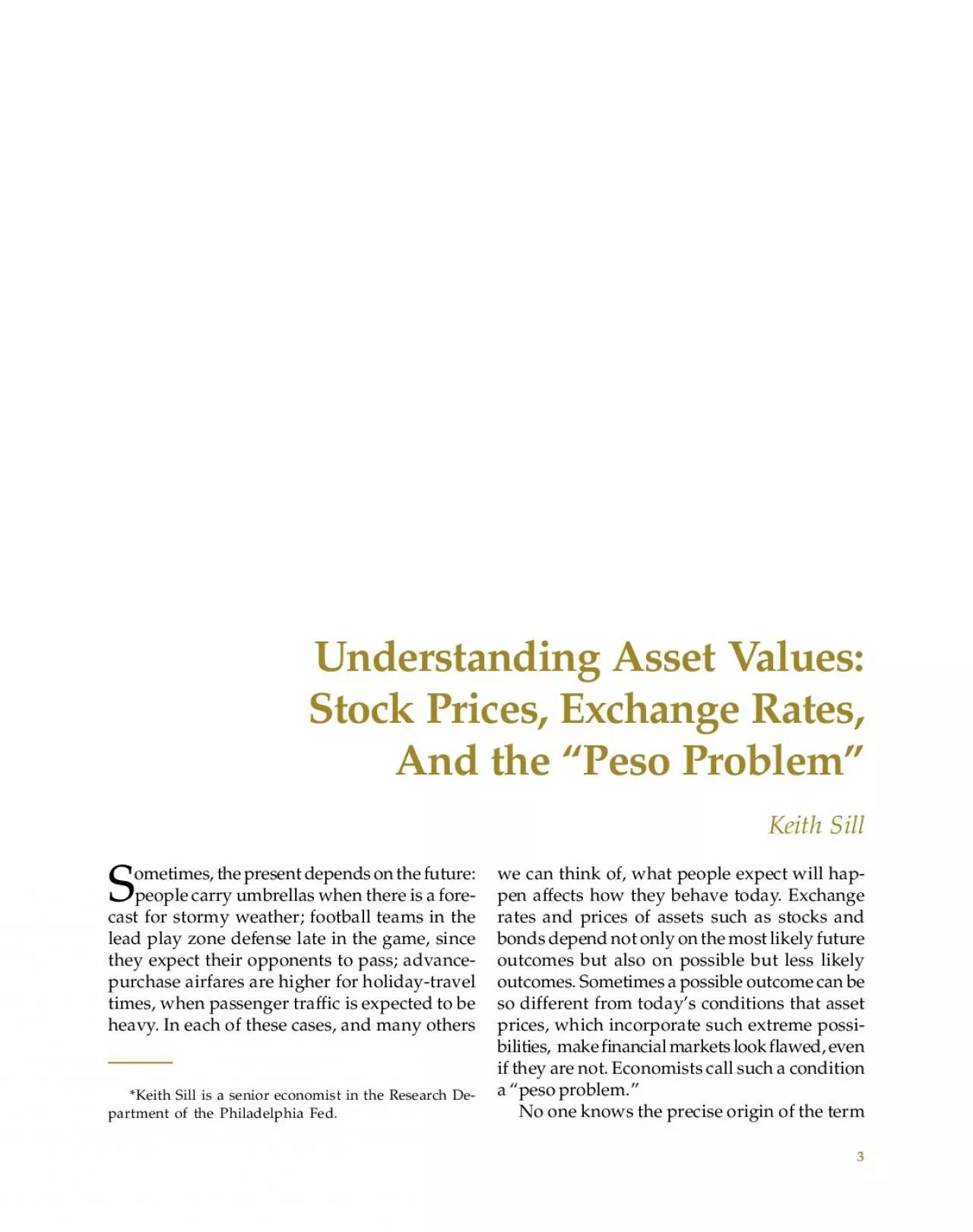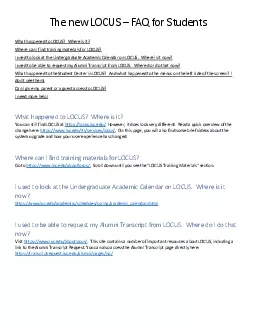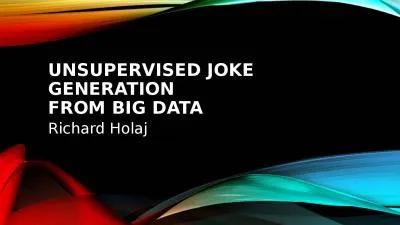PDF-A Funny Thing Happened on the Way to the Data BankDean Croushore and T
Author : iris | Published Date : 2021-08-10
4FEDERAL RESERVE BANK OF PHILADELPHIABUSINESS REVIEWSEPTEMBEROCTOBER 2000had been since 1954 At the same time the interadvantage of it In August 1976 those concernsagainst
Presentation Embed Code
Download Presentation
Download Presentation The PPT/PDF document "A Funny Thing Happened on the Way to the..." is the property of its rightful owner. Permission is granted to download and print the materials on this website for personal, non-commercial use only, and to display it on your personal computer provided you do not modify the materials and that you retain all copyright notices contained in the materials. By downloading content from our website, you accept the terms of this agreement.
A Funny Thing Happened on the Way to the Data BankDean Croushore and T: Transcript
Download Rules Of Document
"A Funny Thing Happened on the Way to the Data BankDean Croushore and T"The content belongs to its owner. You may download and print it for personal use, without modification, and keep all copyright notices. By downloading, you agree to these terms.
Related Documents














